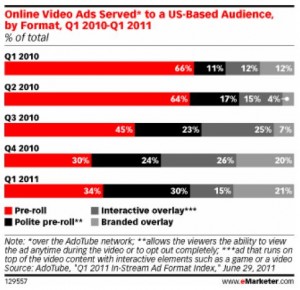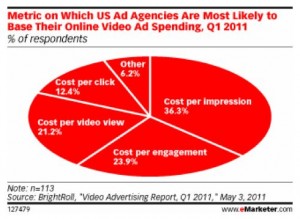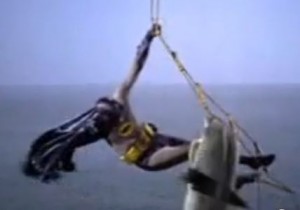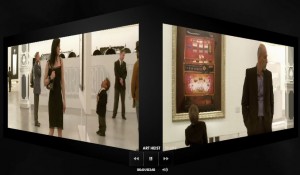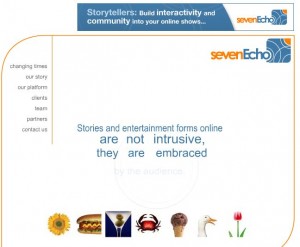Want to know if you’re rich or poor? Young or old? Here’s a way to tell that’s easier than profiling yourself on RealAge or auditing W2’s.
 1. Do You Search Facebook or Google Plus?
1. Do You Search Facebook or Google Plus?
Use Facebook to search? You’re more likely to earn less than $100K and be old. Use Google+ for search and you’re more likely to make more than $100K and be younger. Don’t shoot the messenger here (for he is older and poorer than you think). Shoot comScore instead, and recognize that this is perhaps more indicative of the “early adopters” of Google Plus, who are perhaps largely both young and rich (a lucrative target market). Haven’t heard of Google Plus? You may be dead.
2. iPhone or Android?
comScore’s San Francisco office exclusively uses iPhones, and its New York office is littered with Androids, but those searching on these devices are fairly similar in demographics. So this doesn’t really say as much about you as you’d like to believe. Still using a Blackberry? Save your upgrade cash for a funeral plot.
3. Use Bing? Yeah you’re old with kids
Sorry. You’re more likely to be old with kids. Sure this is 2-year-old data, but the only thing newer about Bing is that it’s better at travel searches. Now get back to work.
4. Do you accept mobile coupons?
If so, you’re probably 18-34 years old. If not, you’re probably older. If the mobile coupon is for Depends, just keep moving like a horse, and piss wherever and whenever you like.
5. Read TechCrunch or CrabbyOldFart?
Yeah, I’ll let you guess on that one. If you’re still using your hotmail or aol account, I’d like to welcome you to your first “blog” and encourage you to upgrade your 56K modem.


